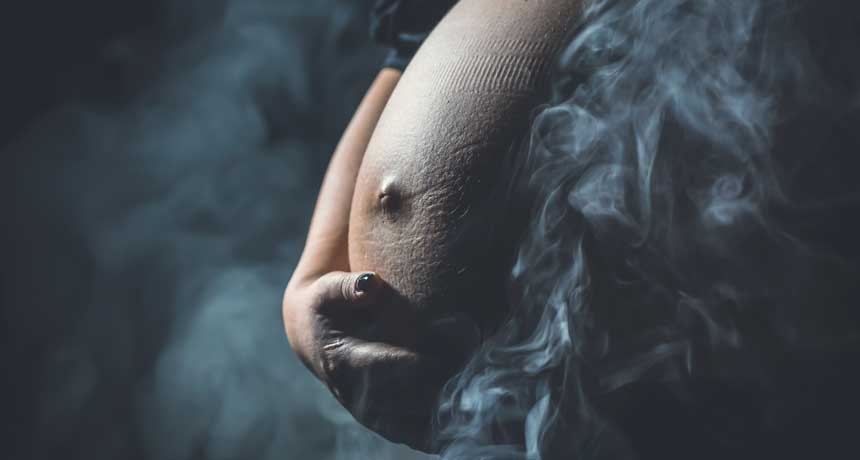Marijuana use among pregnant women is rising, and so are concerns

I’m relatively new to Oregon, but one of the ways I know I’m starting to settle in is my ability to recognize marijuana shops. Some are easy. But others, with names like The Agrestic and Mr. Nice Guy, are a little trickier to identify for someone who hasn’t spent much time in a state that has legalized marijuana.
A growing number of states have legalized both medical and recreational marijuana. At the same time, women who are pregnant or breastfeeding are using the drug in increasing numbers. A 2017 JAMA study described both survey results and urine tests of nearly 280,000 pregnant women in Northern California, where medical marijuana was legalized in 1996. The study showed that in 2009, about 4 percent of the women tested used marijuana. In 2016, about 7 percent of women did. Those California numbers may be even higher now, since recreational marijuana became legal there this year.
Some of those numbers may be due in part to women using marijuana to treat their morning sickness, a more recent study by some of the same researchers suggests. Their report, published August 20 in JAMA Internal Medicine, found that pregnant women with severe nausea and vomiting were 3.8 times more likely to use marijuana than pregnant women without morning sickness.
So some pregnant women are definitely using the drug, and exposing their fetuses to it, too. Ingredients in marijuana are known to make their way to fetuses by crossing the placenta during pregnancy (and by entering breast milk after the baby is born). But what actually happens when those marijuana compounds arrive?
That’s the question the American Academy of Pediatrics grapples with in a clinical report published in the August issue of Pediatrics. In an effort to provide guidance to caregivers and women, the AAP sums up the existing scientific literature on how marijuana affects mothers and babies.
While it seems like a bad idea to expose developing babies to marijuana, the science to back up that intuition is frustratingly slim. Some studies have turned up negative outcomes for babies, such as lower birth weight and a greater likelihood of needing the neonatal intensive care unit. And marijuana use during pregnancy has been tied to a greater risk of anemia in mothers. But other studies found no such effects.
This subject — and any topic that involves drugs and babies — is hard to study. Ethical reasons prevent scientists from assigning some pregnant women to use marijuana and others to abstain. Such randomization is a key feature of a solid study, and one that’s just not available in this case. That leaves scientists to study women who are already using marijuana while pregnant, and those women may have other characteristics that make a direct comparison difficult. That makes it harder to say whether it was marijuana, or something else, that is linked to a particular outcome.
Still, despite what the AAP calls “limited research,” there may be enough hints, from observational studies of women already using marijuana and from animal studies, to make pregnant women pause before using marijuana. Add to those red flags the fact that today’s marijuana is a lot more potent than it used to be, meaning that more of the active compound THC could reach the developing baby. And toxins such as pesticides might come along for the ride, perhaps causing other kinds of trouble.
These questions are more pressing as marijuana becomes easier to get legally, and as more pregnant women use it. Hopefully this shift will prompt scientists to figure out better ways to study the drug’s effects — or lack thereof.